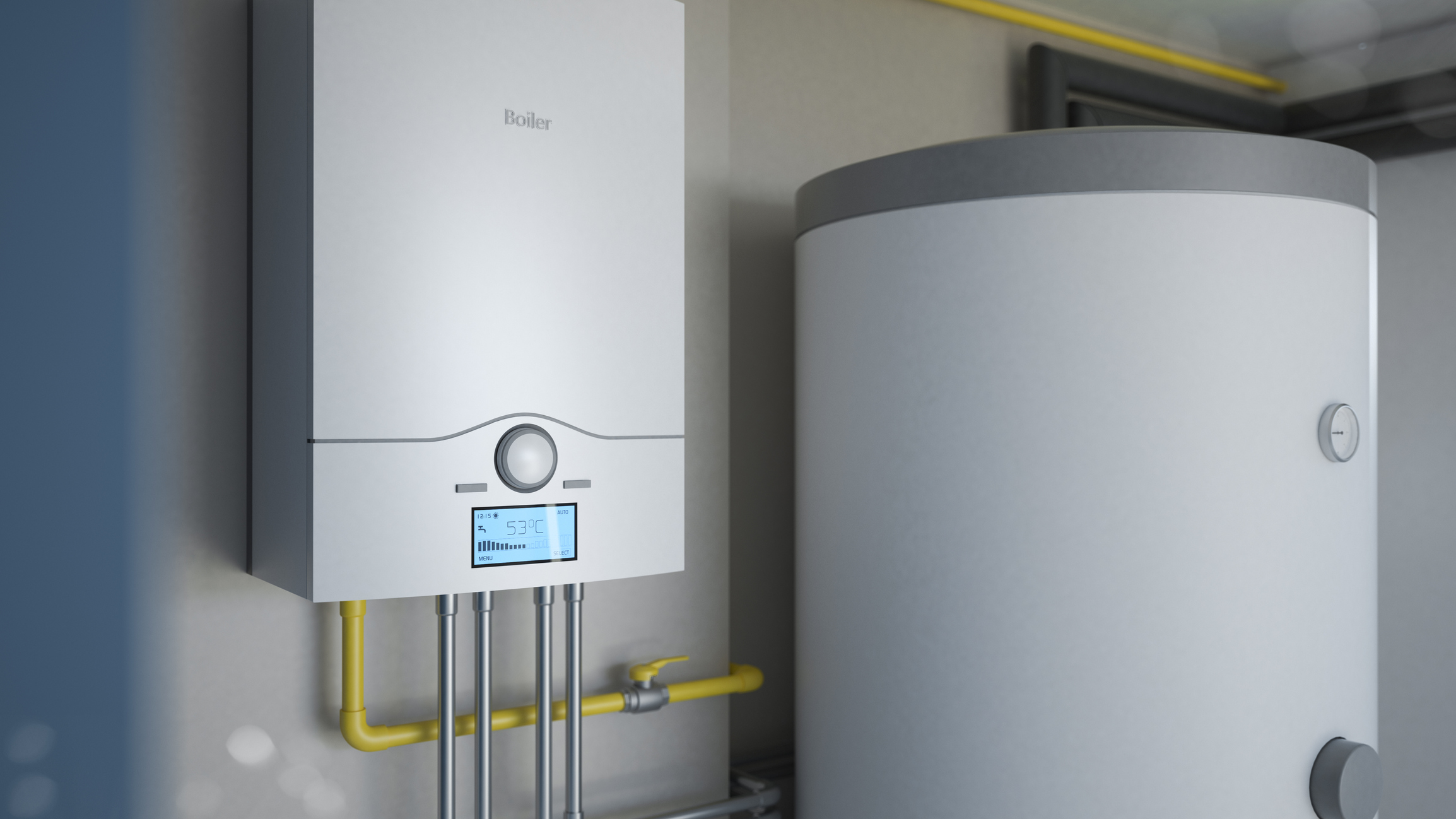Key Advice on Maintaining Your Home's Hot Water System
Key Advice on Maintaining Your Home's Hot Water System
Blog Article
This post underneath pertaining to How to Maintain a Hot Water Heater in a Few Simple Steps is relatively interesting. You should check this stuff out.

Hot water is important for everyday convenience, whether it's for a rejuvenating shower or washing dishes. To ensure your warm water system runs efficiently and lasts much longer, normal upkeep is vital. This article gives functional pointers and understandings on just how to keep your home's warm water system to avoid disturbances and costly repairs.
Introduction
Keeping your home's hot water system may appear overwhelming, yet with a few simple actions, you can ensure it operates efficiently for years to find. This guide covers everything from understanding your warm water system to do it yourself upkeep suggestions and recognizing when to employ specialist help.
Relevance of Preserving Your Warm Water System
Regular maintenance not just prolongs the life expectancy of your hot water system yet additionally ensures it operates efficiently. Disregarding maintenance can result in reduced efficiency, greater energy costs, and even premature failure of the system.
Indications Your Hot Water System Requirements Upkeep
Recognizing when your hot water system requires interest can avoid major problems. Keep an eye out for indications such as inconsistent water temperature level, strange noises from the heater, or rusty water.
Recognizing Your Hot Water System
Prior to diving into upkeep tasks, it's helpful to understand the fundamental elements of your warm water system. Generally, this consists of the hot water heater itself, pipes, anode poles, and temperature controls.
Monthly Upkeep Tasks
Normal regular monthly checks can aid capture small concerns prior to they rise.
Flushing the Hot Water Heater
Flushing your water heater eliminates debris accumulation, enhancing effectiveness and lengthening its life.
Checking and Replacing Anode Rods
Anode rods protect against rust inside the storage tank. Inspecting and changing them when broken is essential.
Checking and Readjusting Temperature Level Settings
Changing the temperature settings makes sure ideal efficiency and safety and security.
DIY Tips for Maintenance
You can execute several upkeep tasks on your own to maintain your warm water system in top condition.
Looking for Leaks
On a regular basis inspect pipelines and links for leakages, as these can lead to water damage and greater bills.
Examining Pressure Alleviation Valves
Testing the stress safety valve guarantees it functions appropriately and prevents excessive pressure accumulation.
Insulating Pipes
Shielding hot water pipelines minimizes warmth loss and can save power.
When to Call a Professional
While DIY upkeep is beneficial, some problems require specialist knowledge.
Complicated Concerns Requiring Professional Assistance
Instances include significant leakages, electrical problems, or if your hot water heater is continually underperforming.
Regular Professional Upkeep Benefits
Specialist maintenance can include comprehensive examinations, tune-ups, and making certain conformity with safety and security requirements.
Final thought
Regular upkeep of your home's hot water system is crucial for effectiveness, longevity, and price savings. By adhering to these suggestions and recognizing when to look for professional aid, you can guarantee a dependable supply of warm water without unexpected disturbances.
How to Maintain an Instant Hot Water Heater
Before tinkering with your hot water heater, make sure that it’s not powered on. You also have to turn off the main circuit breaker and shut off the main gas line to prevent accidents. Also turn off the water valves connected to your unit to prevent water from flowing into and out of the appliance. 2. When you’re done, you have to detach the purge valves’ caps. These look like the letter “T†and are situated on either side of the water valves. Doing so will release any pressure that has accumulated inside the valves while at the same time avoid hot water from shooting out and burning your skin. 3. When the purge valves’ caps are removed, you have to connect your hosing lines to the valves. Your unit should have come with three hoses but if it didn’t, you can purchase these things from any hardware or home repair shops. You can also get them from retail stores that sell water heating systems. Read the user’s manual and follow it to complete this task properly. When the hosing lines are connected, open the purge port’s valves. 4. You should never use harsh chemical cleaners or solutions when cleaning your unit. Make use of white vinegar instead. It should be undiluted and you’ll probably use about 2 gallons. 5. Now flush your water heater. This task should probably take about 40 minutes. We can’t give you specific directions for this because the procedure is carried out depending on the type, model and brand of your heater. With that being said, refer to the user’s manual. 6. When you’re done draining the unit, you have to turn off the purge port valves again. Remove the hosing lines that you earlier installed on each of the water valves. Put the valve caps (purge port) back in their respective places and be very careful so as not to damage the rubber discs that are found inside these caps. 7. Now that everything’s back in place, check your user’s manual again to find out how to reactivate your water heating system. 8. Once it is working, turn one of your hot water faucets on just to let air pass through the heater’s water supply pipes. Leave the tap on until water flows smoothly out of it. https://www.orrplumbing.com/blog/2014/september/how-to-maintain-an-instant-hot-water-heater/

Do you appreciate reading about Tips on Maintaining a Water Heater? Put feedback down the page. We will be delighted to see your opinion about this post. We hope that you come back again in the near future. Those who enjoyed reading our post kindly don't forget to pass it around. Thanks a lot for your time. Come back soon.
Appointment Report this page